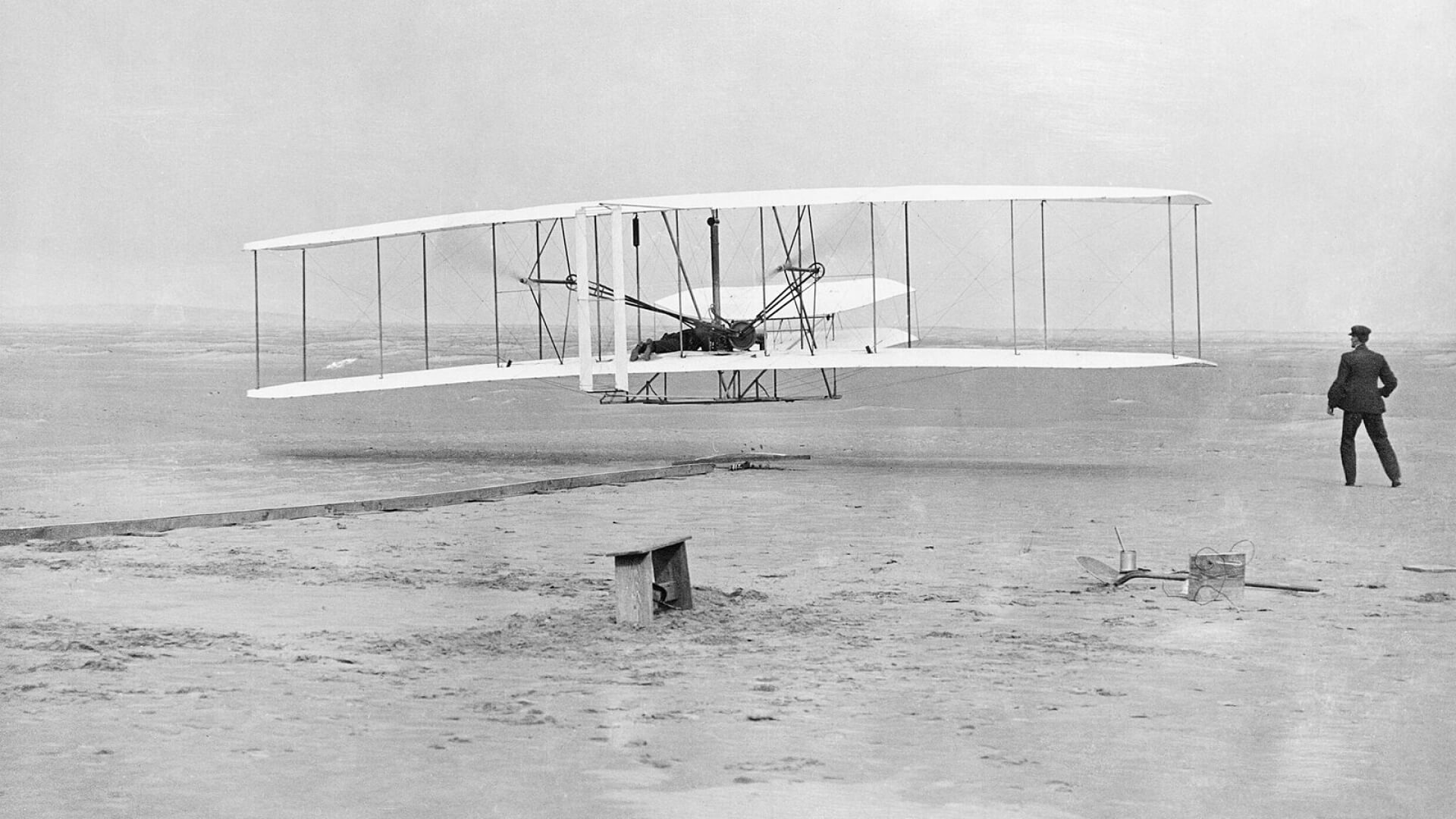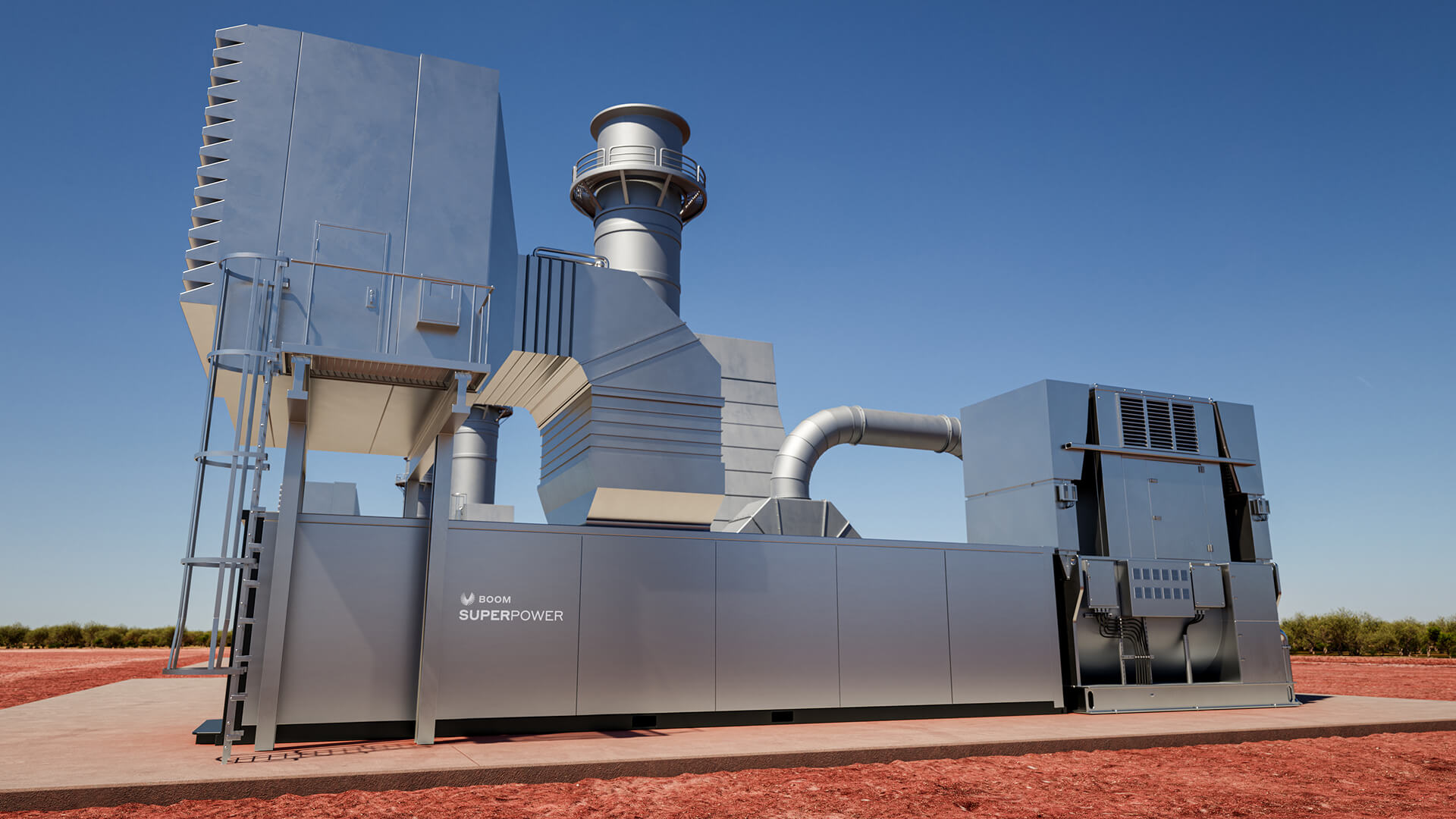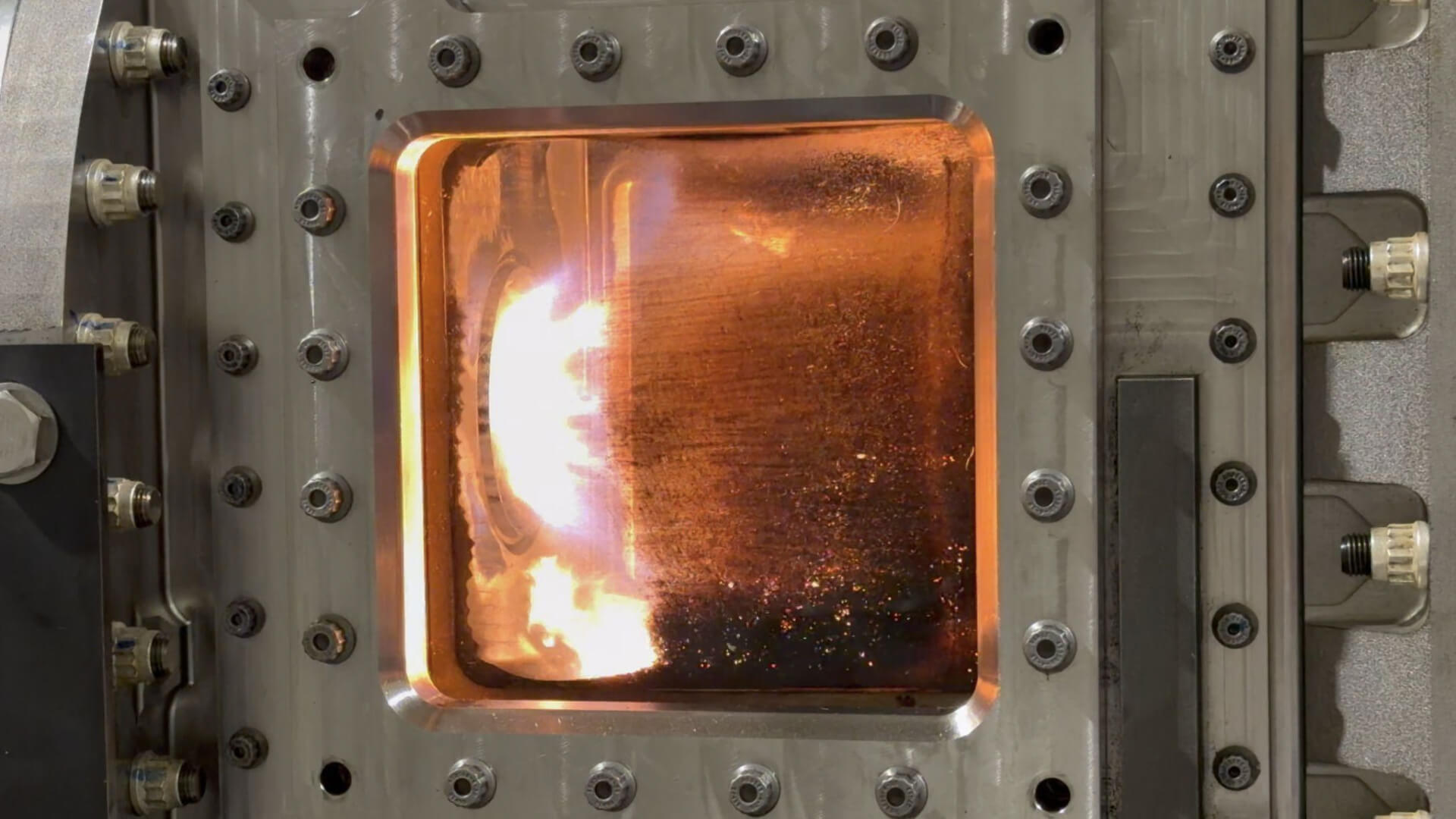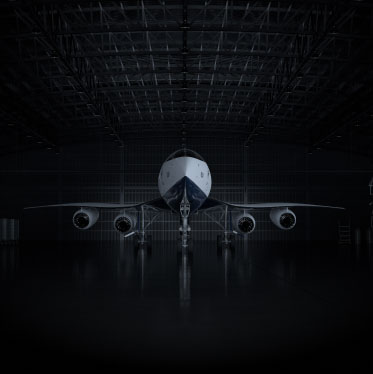“Whenever we face a decision between safety and schedule, safety comes first. As a company, we’re cultivating a safety-first culture, and that’s something that will serve us well moving into the development of Overture.” — Blake Scholl, Boom Founder & CEO
As Boom’s Senior Systems Requirements and Compliance Engineer, Sara Barber spends her days ensuring that the world’s fastest civil aircraft is also the safest. With more than a decade of experience in aircraft certification and compliance, Barber brings to Boom expertise in both system building and team management.
Compliance is about more than FAA rules and regulations. According to Barber, it’s about “establishing safety as an organizational foundation.” To do so, an effective compliance engineer knows as much about teams, culture, and communication as technical requirements. “In our industry, we’re all in the business of safety. Communication and collaboration across teams are not just desirable, they’re essential. Setting requirements jointly with our Structures, Propulsion, and Aerodynamics engineers and other key stakeholders helps to make sure we’re capturing all the priorities and sets us up for success down the line.”
“In our industry, we’re all in the business of safety. Communication and collaboration across teams are not just desirable, they’re essential.”
Many aerospace companies rely heavily on third-party support for safety assurance, but Boom builds its safety function in-house, reaping the benefits in culture, efficiency and ultimately, the safety of the end-product. Boom’s commitment to safety extends to a significant investment in testing every component and every aspect of the airplane before going into production.
As an example, earlier this year Boom discovered an opportunity to enhance the safety profile of its supersonic demonstrator XB-1 by including a stability augmentation system. The system, a mechanically signaled, hydraulic powered flight control system, would provide additional handling qualities margin at high speed as well as at take-off and landing. The company made a conscious decision to bring the stability augmentation system on-board the XB-1 program, even though it required moving first flight.
Barber’s approach to systems is about balance, maintaining efficiency, and establishing a safety-first culture. “The regulator’s priority is always safety, not schedule. It is the job of the organization to prioritize safety, demonstrate that to the regulatory authorities, and plan effectively to meet delivery commitments to customers and stakeholders.”
Managing both safety requirements and business objectives is a rigorous challenge and delicate balance. “We don’t let schedule pressure jeopardize the quality, performance, or safety of a product. But at the same time, if you don’t have a built-in safety culture and if people don’t believe it’s part of their job to bring up issues, that’s a problem. We reject the ‘don’t make waves’ mentality.” Ultimately, this mentality helps Boom hardwire efficiency as well as safety into its culture and work flows.
“If you don’t have a built-in safety culture and if people don’t believe it’s part of their job to bring up issues, that’s a problem.”
Over the course of her career, Barber worked for suppliers including Boeing, Airbus, and other aviation “big guys,” where she was exposed to a broad range of internal safety compliance systems. “Understanding where safety systems become inefficiencies is important. I’ve seen cultures where people were afraid to bring up issues for fear of retribution or at risk of deadlines. I’ve seen companies that just didn’t do enough and paid the price. You really learn how to balance performance, output and control.”
Building a safety-first culture means setting the company up for success further down the road. “We make room for creative space and we maintain our respect and priority for compliance,” says Barber. “The end result of a healthy safety-first design is the ability to make history.”







